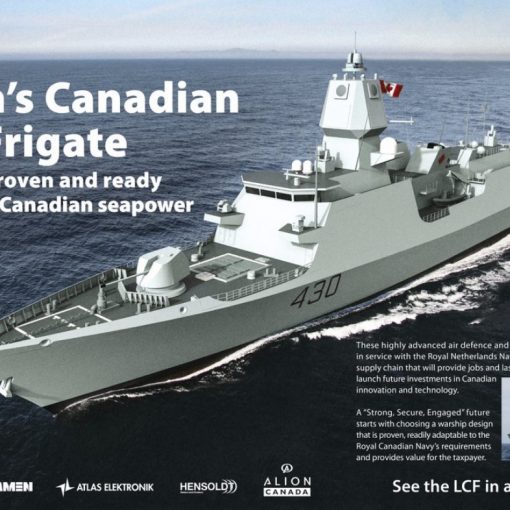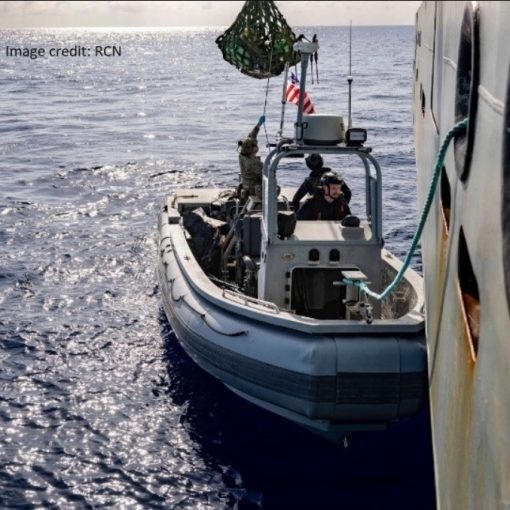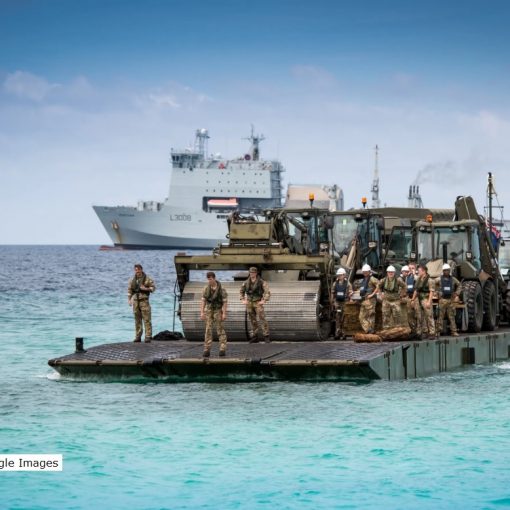Jack Granatstein, one of Canada's foremost historians, has written a significant op-ed for the Ottawa Citizen (“National interests collide in shipbuilding strategy,” 30 October 2013). In it he quite correctly argues for a realistic assessment of the additional costs of made in Canada solutions versus what might be cheaper foreign built ships. He then asks:
Consider the two Joint Support Ships to be built in Vancouver for $3 billion. They will likely be fine ships when they hit the water, years late. Britain’s Royal Navy, however, is buying four roughly similar ships from South Korean builders for $750 million — for all four. Should the RCN ships cost eight times those of the British?
Have the British got the deal of the century? I think not - rather Jack Granatstein's argument has fallen into the trap of accepting advertised ship costs at face value. In fact the British reporting in Mail Online (Ian Drury, “Navy buys Korean to keep its ships fuelled: £453m contract for four tankers goes to the Far East,” 23 February 2012) indicates the ships will be delivered without such things as a navigation system and a further $250 million dollars will be required to complete them in the UK.
Ian Parker has also pointed out there are other reasons why the UK AOR appears to cost much less than the Canadian JSS:
“Jack Granatstein may be a noted historian but one would hope that for an article of this national importance he would have done some basic research. It is interesting how numbers always look good until one digs a little deeper. Yes, the UK RFA MARS program is delivering four ships from Daewoo in South Korea. The reported contract value is £452M. But to this needs to be added a sunk cost for design of £150M and about £60M of government furnished systems for an initial total of £662M or about $1.028B Canadian. This seems a good value, except that this appears to be for what is called a “sail away” cost and does not include the Canadian requirement of Integrated Logistics Support which includes; two years worth of spares and ammunition, training and shore facilities. Nor does it include the cost of Canadian oversight, overhead or the project team etc., all of which are included in a normal Canadian shipbuilding project costs. All of this, in Canada, is another approximately $1B for a new total of approximately $2.028B. This still looks pretty favourable but the British project delivers a much slower ship than the Canadian requirement, it does not include cargo ammunition stowage and handling or an ice capability. The UK design carries less diesel and less aviation fuel. The aviation facilities will not handle the new maritime helicopter. Thus to meet Canadian requirements the cost is not as rosy as indicated by Dr. Granatstein, indeed the cost approaches those numbers put forward by the Parliamentary Budget Officer. Of note, Dr. Granatstein, the USN Fast Combat Support ships, which are closer to the Canadian requirement than the British program are approximately $1.5B Canadian each.”
It does indeed appear as if Dr. Granatstein has compared apples and oranges while at the same time overlooking the fitting-out costs of the ship. His arguments also do not make reference to two Canadian studies that also looked at the purported additional cost of made-in-Canada warships. In an article entitled The National Shipbuilding Procurement Strategy, An Update, written in February last year for the Canadian Defence and Foreign Affairs Institute, and published jointly with the Canadian International Council, I said:
"[O]ne [study], conducted by DND’s audit arm concluded that the built-in-Canada Canadian Patrol Frigate ultimately cost only 7% more (roughly $28 million per ship) on average than seven other similarly sized foreign warships. That 7% “at home” premium also created over 7,000 person-years of Canadian employment and established at least 12 Canadian companies that are still in business and exporting complex marine systems to such demanding customers as the United States, Israeli and Royal Navy today. That same audit also considered the Canadian frigate the combat superior of every one of the foreign frigates studied save the one that it was 'only' the combat equal to. It also quoted Forecast International, a US publication which conducts an annual assessment of warship capability, which concluded:
After a very shaky start, mainly due to the long gap in Canadian warship construction, the Halifax-class frigates have matured into fine warships. The lead ship of the class has been the subject of unstinting praise from the US Navy, following visits to American naval bases. HMCS Halifax is also regarded as being a very satisfactory and a well-conceived design by the British Royal Navy Directorate of Navy Construction.
More recently, a study commissioned by Industry Canada questioned similar doubtful claims of cheaper foreign shipyards and estimated that their products normally resulted in a 25% increase in in-service support costs after they were delivered. These costs, by the way, are not insignificant and can easily equal 60% or more of the purchase cost. In addition, foreign firms have also been front and center recently in their readiness to demand more than was budgeted during both the earlier and current JSS projects while also disputing elements of our procurement processes."
There is no magic bullet that will deliver well-priced warships and arguing for 'cheaper' foreign builds tries to suggest there is. One must also be careful about lamenting the potential late delivery of Canadian built warships while at the same time offering up magic bullet solutions that have every potential for slowing down the procurement process as those doubtful claims are assessed.




